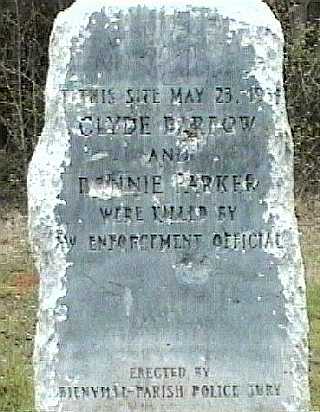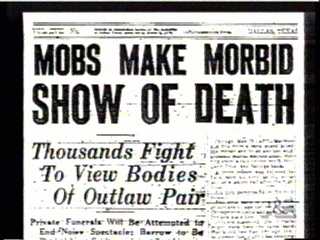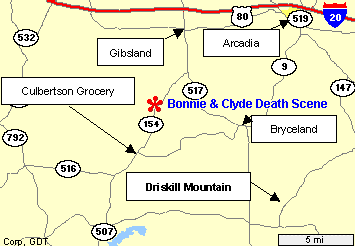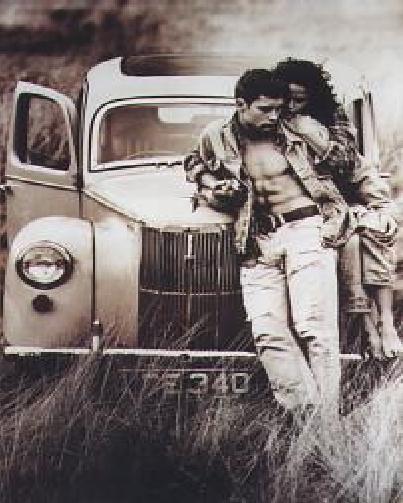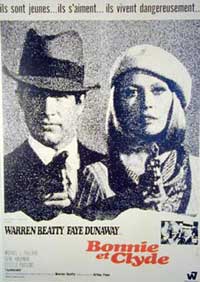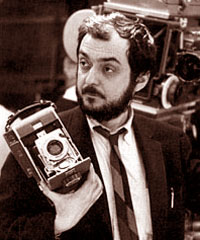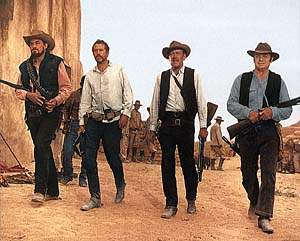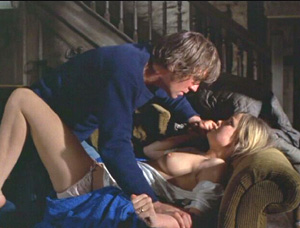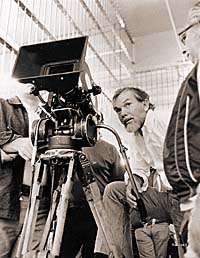 | Hollywood, 1965-95, Digital Domain |
|
|
Bonnie & Clyde Pages |
Arcadia, Louisiana |
|
|
|
Stanley Kubrick |
|
Peckinpah''s The Wild Bunch |
Peckinpah''s Straw Dogs |
Sam Peckinpah |
The principal change in filmmaking during this period was the cost of production. The new audience was not interested in seeing these films which duplicated the popular entertainment function of television on a larger scale. The studios were in serious financial trouble.
1963 - Cleopatra (20th Century Fox)
1965 - The Sound of Music (20th Century Fox)
1967 - Doctor Dolittle (Richard Fleisher)
1968 - Stsr! (Robert Wise)
1969 - Hello, Dolly! (Gene Kelly)
1969 - Paint Your Wagon (Josua Logan)
1970 - Darling Lili (Blake Edwards)
1970 - Tora! Tora! Tora! (Richard Fleisher)
But the French and Italian "New Waves" had demonstrated that "art" films could make money - especially if they were shot on low budgets by young directors who were willing to work for less money then older, more established ones. Tolerance for independent production like Godard, Truffaut, Antonioni, Fellini. Independent producer-directors like Stanley Kubrick (1928-1999) and Arthur Penn (b.
1922). Between 1960-66 a number of young directors from Tv did films. New cinematographers from the East Coast also entered the film industry. A new kind of American cinema wasorn for a new American audience. This audience was composed of the first generation that had grown up with the visuallystimulating medium of TV through hours of watching television as children and teenagers, its members knew the language of cinema, and when filmmakers like Frankenheimer, Lumet, Penn, and Peckinpah began the New Wave techniques for the American screen, this young audience liked what it saw. New lifesstyle was radically different from those of the old.For better or worse, it had a generally permissive attitude toward such former cultural taboos as the explicit representation of sex, violence, and death.Thus, when censorship was abolished in October 1968, the content of American cinema was revolutionized. This liberalization opened the mainstream to exploitation it.
1967 - Bonnie and Clyde ( Arthur Penn). Bonnie and Clyde were prototypes of the antiestablishment heroes. They are young, they are in love, and they kill people! Bonnie and Clyde are not simply killed, they are destroyed. And the tense, nervous texture of the film, and "road".
Whatever matters
Whatever happens
Whatever life brings
Whatever the future holds
Whatever you might think of me
please remember
that for a time
what seemed to me like eternity
I loved you
and forever in my heart
your name will be
Regardless of time
author unknown
Another film that caught the imagination was Stanley Kubrick''s 2001: A Space Odyssey (1968). Enigmatic, mystical, 2001 resists concrete logical interpretation - "ESSENTIALLY A NONVERBSL EXPERIENCE."- http://kubrickfilms.warnerbros.com/
1969 - The Wild Bunch (Sam Peckinpah) about America''s mercenary presence in Vietnam. This film opens with the bloody massacre of an entere Texas town in the course of a payroll robbery. ōIf they move, kill æem!ö Peckinpah caused fierce controversy with his autumnal western about a sadistic gang of middle-aged bandits conducting a final orgy of bloody heists along the Mexican border. William Holden holds his sadistic sneer during several superb action sequences, including an eye-popping one-take bridge explosion.
The violence of The Wild Bunch was revolutionary.With the release of The Wild Bunch (1969), Peckinpah became known as "Bloody Sam".Under the microscope of feminist film theory his sometimes aberrant treatment of the representation of women and his "excessive" use of violence was noted and condemned. The critical uptake of the notion of Peckinpah as the "master of violence" and the momentum of the debates that ensued affected not only the discussion of his so-called "violent films" but also the reception of his more "gentle" ones. Peckinpah made numerous television serials and three films before The Wild Bunch, none of which was heralded as brutal, or violent. After The Wild Bunch, he made The Ballad of Cable Hogue (1970), and after Straw Dogs he made Junior Bonner (1972). Both The Ballad of Cable Hogue and Junior Bonner are about individuals who are running out of time and space-but they are also full of the affirmation of life. - http://www.sensesofcinema.com/contents/directors/02/peckinpah.html
END OF A DREAM (countercultura)
The road is still just as deserted as when Bonnie & Clyde were shot.
Bonnie & Clyde
Modern Hollywood
č“ÕĒļĶ ╩¾ßĶĻ
END OF A DREAM (countercultura)
